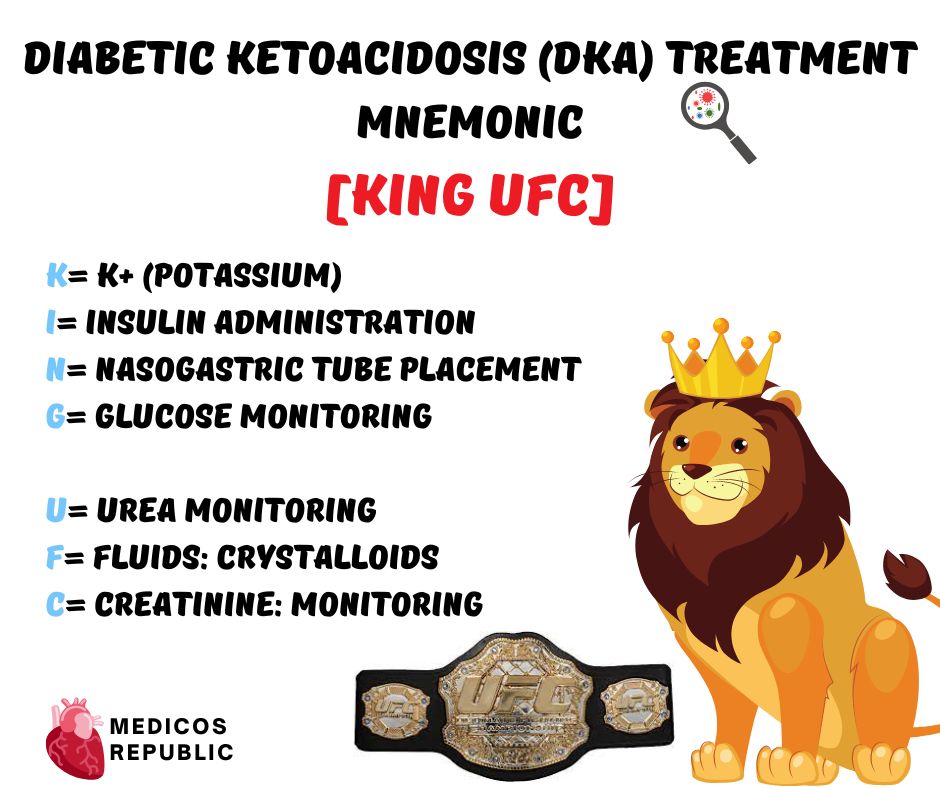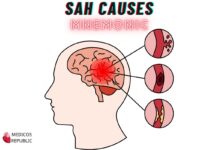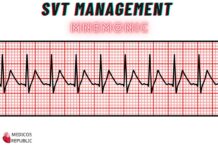As medical professionals, we encounter Diabetic Ketoacidosis (DKA) patients frequently in our wards and at the Accident and Emergency Department. Therefore, we must remember the DKA treatment at our fingertips with the aid of mnemonic tools that streamline our approach to critical interventions. Enter the mnemonic “KING UFC,” an invaluable diagnostic tool to manage this life-threatening metabolic derangement. Through this mnemonic, we consolidate essential steps for DKA management: Potassium replacement, Insulin administration, Nasogastric tube placement, Glucose monitoring, Urea monitoring, Fluids (crystalloids), and Creatinine monitoring. The mnemonic’s succinct yet comprehensive structure equips healthcare professionals with a high-yield framework to swiftly address the complex metabolic characteristic of DKA, thereby optimizing patient outcomes through a strategic and systematic approach.
In the field of acute care, the “KING UFC” mnemonic signifies a high-yield clinical approach tailored for medical professionals. By encapsulating critical components of DKA management, the mnemonic empowers doctors and nurses to rapidly identify and address ketosis, electrolyte imbalances, and insulin deficiencies. This comprehensive and memorable tool ensures our clinical interventions are well-aligned with evidence-based guidelines, optimizing patient outcomes.
We, here at the Medicos Republic, hope that you find this medical mnemonic useful in memorizing the DKA treatment. 🙂
DKA Treatment Mnemonic: “KING UFC”
Here’s the “KING UFC” mnemonic tabulated for easy reference:
| Mnemonic Component | Treatment Step |
|---|---|
| K | K+ (Potassium) |
| I | Insulin administration |
| N | Nasogastric tube placement (if the patient is comatose) |
| G | Glucose monitoring once serum levels drop |
| U | Urea monitoring |
| F | Fluids: crystalloids |
| C | Creatinine: monitoring |

BONUS: Precipitating factors of DKA Mnemonic
Here’s a quick mnemonic for memorizing the precipitating factors of Diabetic Ketoacidosis (DKA): FIVE I’s
- Infection
- Ischemia (cardiac, mesenteric)
- Infarction
- Ignorance (poor compliance to medications)
- Intoxication
Happy learning, folks! 🙂

![Diabetic Ketoacidosis (DKA) Treatment Mnemonic [KING UFC] 1 DKA Treatment Mnemonic](https://www.medicosrepublic.com/wp-content/uploads/2023/08/Diabetic-Ketoacidosis-DKA-Treatment-Mnemonic-KING-UFC-1-696x391.jpg)
![How to Remember Southern, Northern, and Western Blot Tests [Mnemonic] How to Remember Southern, Northern, and Western Blot Tests](https://www.medicosrepublic.com/wp-content/uploads/2025/06/How-to-Remember-Southern-Northern-and-Western-Blot-Tests-218x150.jpg)











![Gerstmann Syndrome Features Mnemonic [Easy-to-remember] Gerstmann Syndrome Features Mnemonic](https://www.medicosrepublic.com/wp-content/uploads/2025/06/Gerstmann-Syndrome-Features-Mnemonic-150x150.jpg)
![Cerebellar Signs Mnemonic [Easy to remember] Cerebellar Signs Mnemonic](https://www.medicosrepublic.com/wp-content/uploads/2025/06/Cerebellar-Signs-Mnemonic-150x150.jpg)
![Seizure Features Mnemonic [Easy-to-remember] Seizure Features Mnemonic](https://www.medicosrepublic.com/wp-content/uploads/2025/06/Seizure-Features-Mnemonic-1-150x150.jpg)

![Recognizing end-of-life Mnemonic [Easy to remember]](https://www.medicosrepublic.com/wp-content/uploads/2025/06/Recognizing-end-of-life-Mnemonic-150x150.jpg)

![Multi-System Atrophy Mnemonic [Easy-to-remember] Multi-System Atrophy Mnemonic](https://www.medicosrepublic.com/wp-content/uploads/2025/06/Multi-System-Atrophy-Mnemonic-150x150.jpg)

![How to Remember Southern, Northern, and Western Blot Tests [Mnemonic] How to Remember Southern, Northern, and Western Blot Tests](https://www.medicosrepublic.com/wp-content/uploads/2025/06/How-to-Remember-Southern-Northern-and-Western-Blot-Tests-150x150.jpg)









